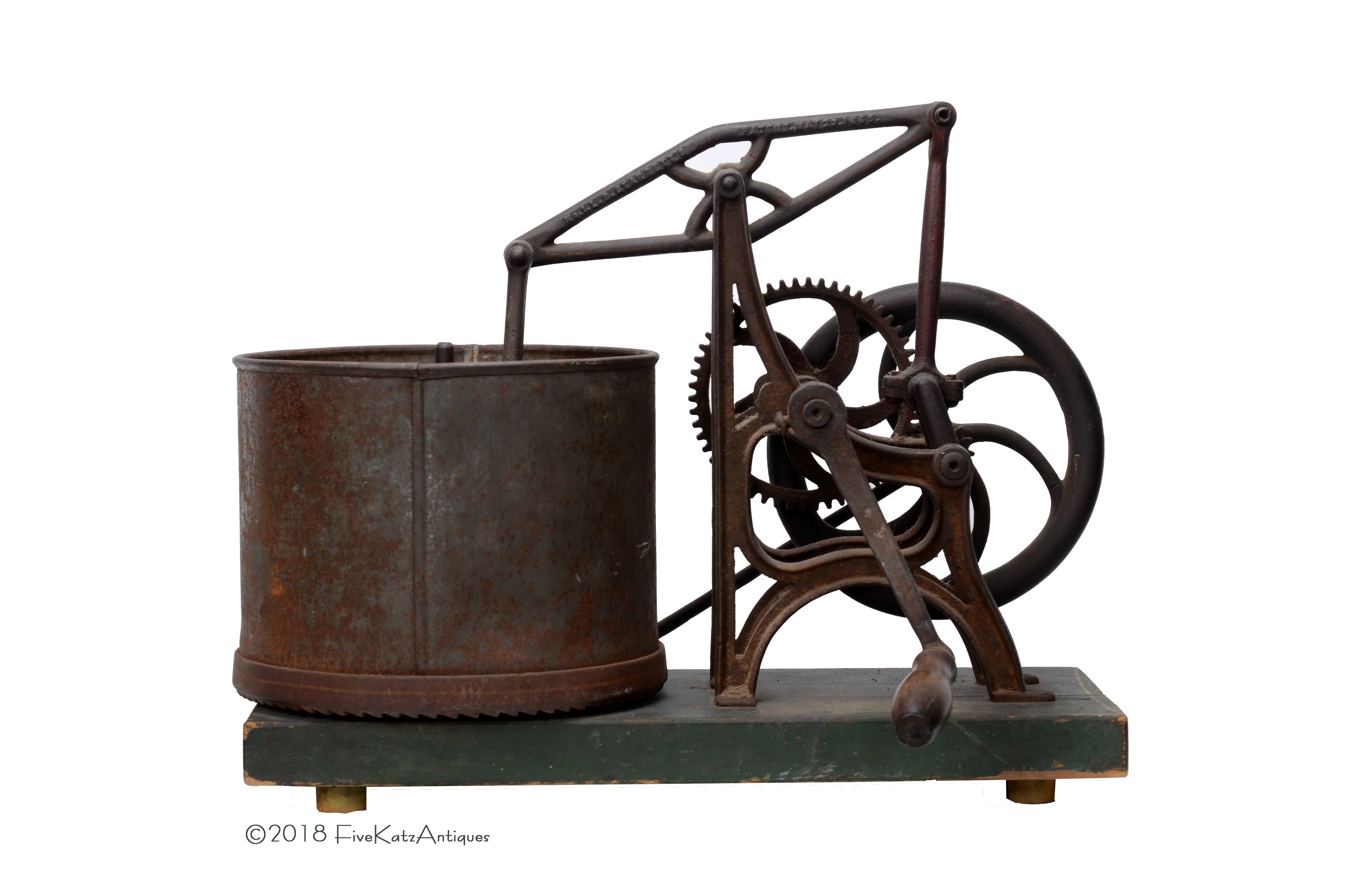Antiques and their stories.

I have written several times in this column about why I like antiques. The longevity of items, the craftsmanship, the beauty of them, the stability. The stories they tell.
I am reminded every day that there are large groups of people who don’t like antiques. I hear things like “Who wants that old stuff?” “It’s all scratched and beat up.” “It doesn’t match my other furniture.” “You want how much? For that!” Yet these people really deep down like antiques, they just don’t know it.
The antiques I am talking about are all around us. Some of us are a bit more aware of what they are and where they are, but they are here I assure you. When you go to the exhibit of Titanic memorabilia and recovered artifacts, you are in fact looking at antiques. They just happen to be antiques with a very visceral emotional attachment to them.
The event of the Titanic’s sinking has been embedded into the psyche of the world since 1912. For the last 107 years we have been talking about it, reading about it, watching documentaries and movies about it and now we go to museums to see the actual artifacts that were brought up from the ocean’s depths.
The reason that people who say they don’t like antiques, yet flock to museum and exhibits like this is because of one fundamental element. The story the item tells. It’s this narrative that is different from say a cup and saucer that was recovered from the wreck, vs one that was found and offered for sale in my store.
The lives of the previous owners were not so different. They were born, raised and educated according to their stature in life, they dated, married, traveled, raised families, held jobs, wrote letters, read books and generally did much of the same things that you and I do. It’s the tragedy that makes these antiques historical and revered.
Museums are not the only places you can find this sort of narrative that antiques can tell of a life lived. In their book, “The Lives They Left Behind: Suitcases from a State Hospital Attic”, Darby Penney & Peter Stastny tell of the items left by people who were taken out of society and placed into a state hospital for one of many different mental conditions. These items have sat undisturbed for decades, having been carefully packed by their owners for retrieval at a later date that never came.
Kate Brown in her book, Dispatches from Dystopia: Histories of Places Not Yet Forgotten, tells the story of The Panama Hotel in Seattle Washington, where in the basement is a similar cache of historical antiques can be found. This was during the early 1940’s when the Japanese-Americans were placed into internment camps during WWII. The detainees were told they would be relocated and they could only take what would fit into two straw suitcases. They were forced to dispose of the rest of their possessions any way they could. This included property and businesses.
If these items could talk. Every one of these items tell a story, a narrative of joy and pain, familial triumphs and disasters. It is this reason we stand in silent awe as we revere this history. When you think about it, every one of these items could have just as easily been found in any antique store anywhere in the country if the timeline had been just slightly different.
What I find interesting is that we forget that every item in mine, or any other antique store anywhere could have had a similar fate. These items too have their own stories to tell. Just because these items are not in a museum or recovered from the bottom of the ocean, does not make their history or their narrative any less compelling.
The tagline or slogan I use for Five Katz Antiques is “Items from the Stone Age to the Space Age” This is not hyperbole. I literally have items that range from fossils and hand made Neolithic stone axes, to space artifacts from NASA and the Soviet Space Programs.
When you handle a stone axe that was flint knapped from a single piece of stone, do you think about the person who spent hours or days making it? Do you think about how after a while it was tied to a stick to make It a more effective tool? Was it used to hunt with, to carve meat, to slice hides for protection from the elements, or to defend? Was it a cherished item that quite possibly meant the difference between death or survival at its most basic? How many hands has it passed through since it was discovered somewhere? Where will it finally end up?
I have a food chopper that is 158 years old made by the L.S. Sterrett Co. It still works as it was designed to, and I have no doubt that if I put food into it and turned the handle, it would chop the food. How many meals in 158 years was this used to prepare? Who owned it? What happened to them? Again, if this item could talk.
Antiques all have a story. They tell this story in their survival. We can appreciate and study their construction, their purpose. We can extrapolate much if we take the time to think about the history they have seen.
So the next time you think to yourself, “I really don’t care for antiques.” Or you wonder why someone seems to get a little too excited over something old, remember, we all like antiques if we get to know their story.
Published Vintage Finds Magazine September/October 2019 issue
The Florida Register January/February 2021 issue

